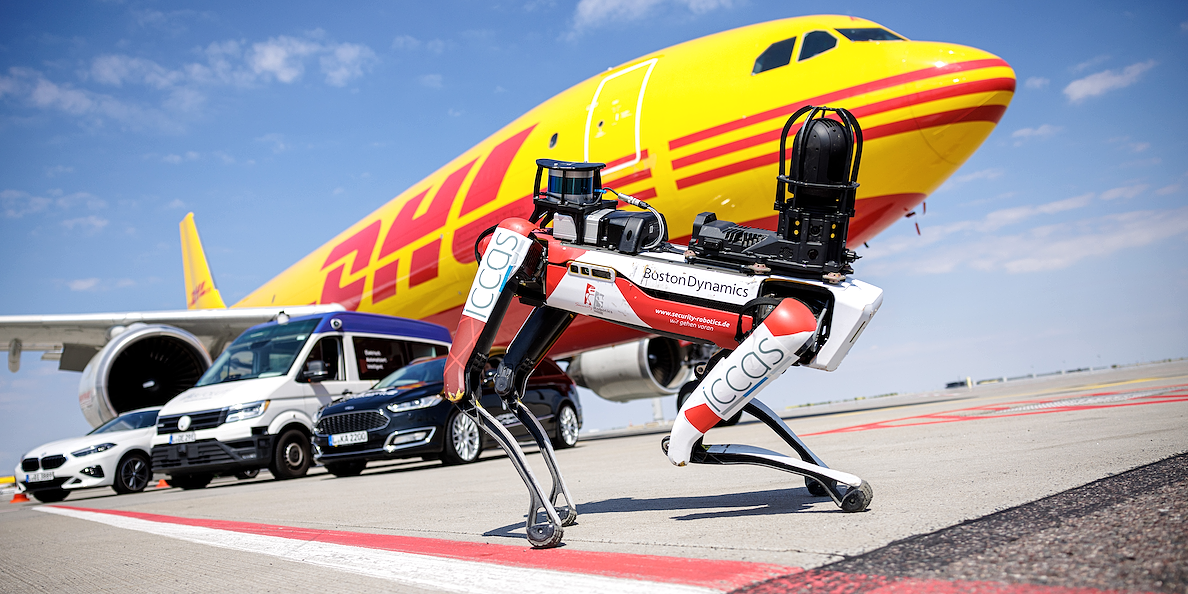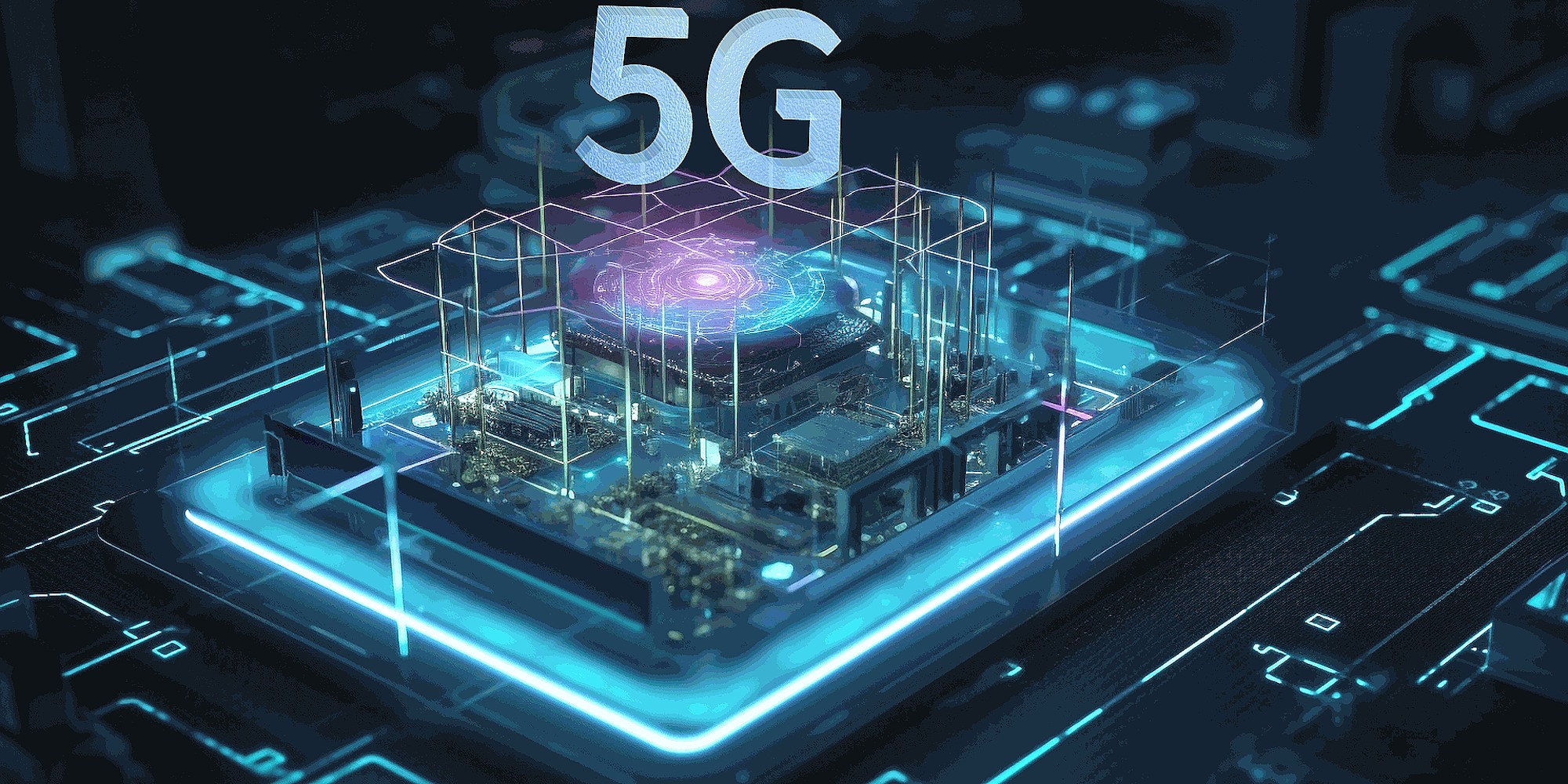
We often provide information about the importance of autonomous robotic systems, AI support, networked safety concepts, integration of IoT-enabled actuators and our digital solutions ACUDA (Autonomous Centre of Unified Digital Actors) and NUCRON (IoT Injector). The focus is mostly on their features, possible applications and advantages of a qualitative or financial nature. The basis, or rather the most important basis, of all these innovations – stable broadband data communication – is taken for granted and rarely discussed. So let’s focus on exactly that today.
How do our systems communicate with each other?
So while a lot is happening on the side of robotics manufacturers (through other “players” on the market, upgrades or completely new models), network experts/software developers (expansion of ACUDA features, creation of new modules, data management, interfaces, etc.) and integrators (integration into differentiated security concepts, payload adaptations/developments, sensor technology, research applications) such as Security Robotics, the situation is not quite the same on the user/customer/project partner side.
Digitalisation and process automation are only taking place on the software side – if at all – and are not yet being consistently transferred to the “daily bread”, i.e. to everyday project work. Yet it is precisely here that there is enormous potential for savings in terms of time and money, as well as for sustainable and cost-efficient planning and implementation. And not to forget, many projects require agile & scalable, i.e. smart, action.
Information and market advantage through the utilisation of key technologies
We currently utilise all technical possibilities for this, i.e. robots communicate bidirectionally with each other and the central platform via LTE / 5G or in a protected WiFi network. Bluetooth or WiFi is used for direct control on site, some systems use GPS for orientation, but can also follow their routes with alternative systems such as IPS or the use of LIDAR. Communication models such as PROMOBOT serve as digital reception services, i.e. they primarily provide information and therefore require fast access to the internet and web services. There are therefore several types of data that are sent, received and used in parallel and therefore need to be considered here:
- Movement: Data, or its interpretation, which is generated, interpreted and received for orientation in and reaction to terrain features
- Navigation: Data that is received / sent in order to obtain routes based on it (or to record + send them itself), to follow them and to fulfil tasks at defined points.
- Control: Signals that are sent to the robot and used by it for manual direct control (Bluetooth can only be used for short distances)
Sensors, streams: All information that is recorded and transmitted by the on-board systems and all active Palyload devices and is not used for movement or the robot’s own navigation. - Live communication: Video and audio signals that enable bidirectional speech and communication with people
- Information: Requests that are sent to connected speech databases via audio or direct input (touchscreen, displays, keypads, etc.) and, after interpretation, enable output in audio, visual form (display) or via connected devices (printer)

No matter what type of data transmission is involved, two characteristics always play a role: bandwidth and latency, i.e. how much data can be sent/received in high quality and how quickly. If, for example, a large amount of complex sensor data is to be streamed in parallel in combination with high-resolution video data, a suitable bandwidth is required that can flexibly handle the amount of data.
If information needs to be available very quickly, in “real time”, as is absolutely necessary when determining the position of agile autonomous drones, delays in data transmission are unacceptable. Digital services, such as the rapid response to enquiries, monetary transactions, provision of materials (e.g. tickets) or, for example, deciding whether or not to grant access, also benefit significantly from a stable connection. Or think of CAS (Computer Assisted Surgery), where a specialist can perform complex operations remotely, even from abroad, but the speed of the data connection literally decides the patient’s fate.
Robots themselves can be significantly optimised if many of the calculations previously performed on-board can be outsourced to ACUDA or web services. This saves material, space, electricity, maintenance, configuration and administration costs, and all connected systems can then utilise the validated data even more easily. High-performance communication.

The 5G network of the future:
broad, fast, secure, scalable
The 5G network is also becoming increasingly important for our services. (If) available across the board and fail-safe, it allows all digitalised actors and all control centres, control centres and end devices to communicate with each other at lightning speed and thus also to scale concepts.
Because, and this is the crucial point, data volumes will continue to increase and projects with a high degree of digitalisation and therefore a high data load must be (or be able to be) implemented across the board in the coming years. Just as the security sector is utilising more and more innovations and RaaS and SaaS services are becoming the standard, this also applies to all other areas. It is therefore important to research, analyse, plan and define at an early stage how digital communication can be managed in the future.
A good example of this is Tri5G, a project that does not consider the road, rail and air transport routes separately with their respective conditions, but as a whole and in a defined “model region”, the northern area of Leipzig. Renowned companies, institutes and knowledge carriers are contributing to the realisation of the vision and we are supporting the ICCAS of the University of Leipzig by providing / supporting the mobile and autonomous robot system Spot.
The more than a dozen use cases include drone inspections with AI-supported image analysis, fence monitoring using robotics and smart sensor technology, all topics whose findings directly affect our developments and projects. We are therefore looking forward to the first results, because one thing is certain:
The amount of data and the demand for its immediate availability and utilisation will grow exponentially over the next few years.
Curse or blessing?
CONTACT FOR PRESS & COMMUNICATION:
Michael Engel
E-Mail: m.engel@security-robotics.de
Phone: +49 341 2569 3369